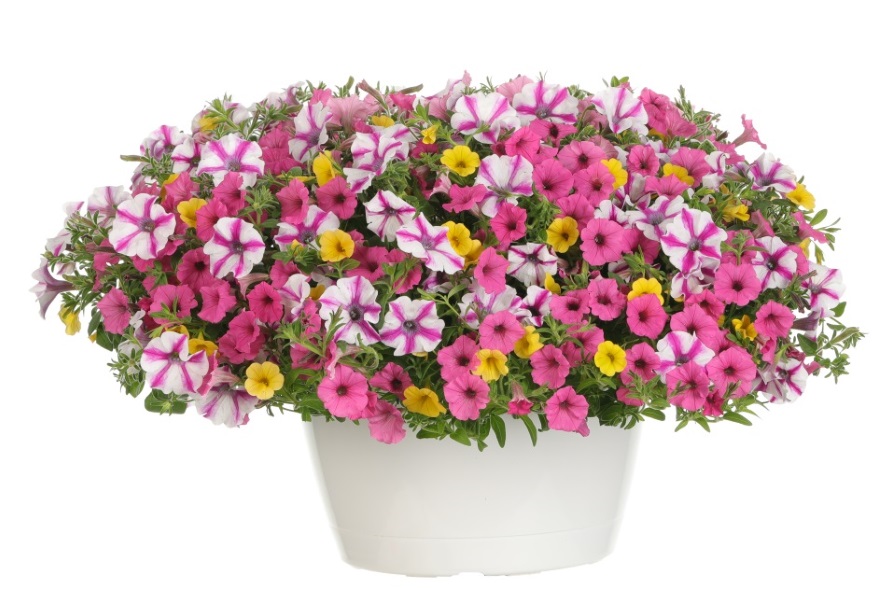State Of Botanical Gardens A Red Flag
The drive on Euclid Avenue east of Downtown Cleveland takes you past some of the city’s finest parts. As Public Square fades in the distance, spiraling concrete planters containing sweet potato vine, green fountain grass and trailing impatiens appear.
As East Fourth Street flashes by on your right, coleus, New Guinea impatiens, torenias and spider plants greet you in one of Cleveland’s few up-and-coming entertainment and residential districts. But continue on Euclid, past East 30th or so, and Cleveland’s harsh inner-city reality hits you. Dilapidated homes and abandoned buildings now litter one of America’s once great cities. Between Cleveland State University (on the edge of downtown) and the Cleveland Clinic (100 blocks east of downtown), the scene is one most people avoid. They avoid it because the beautiful cityscape of coleus and concrete planters gives way to commotion and crime.
Fortunately, soon after you pass the Cleveland Clinic, another one of Cleveland’s jewels appears: University Circle, home to a natural history museum, a nationally renowned art museum and the Cleveland Botanical Garden, which features an 18,000-square-foot greenhouse and covers 10 acres outdoors.
Still, one apparently growing botanical garden problem–everywhere, not just in Cleveland–is that botanical gardens are not catering to the “gardening public.” These days, botanical gardens are looking for people who go to art museums and zoos. They’re hosting concerts and food festivals to reel in new visitors. Gardening is going by the wayside.
Judith H. Dobrzynski of The New York Times points this trend out in her July 26 article, “Botanical Gardens Look For New Lures.” The Cleveland Botanical Garden, for example, hosted a biennial Flower Show over the last quarter century–and the event regularly drew as many as 30,000 visitors. Last year, though, the botanical garden couldn’t find sponsors for the show, and it was ultimately abandoned. So what gives?
“Botanical gardens are experiencing an identity crisis,” Dobrzynski writes. “Among the long-term factors diminishing their traditional appeal are fewer women at home and less interest in flower gardening among younger fickle, multitasking generations.”
The greenhouse floriculture industry may shrug at this development and think of botanical gardens as separate from greenhouse operations. But the truth is botanical gardens serve on the front line to consumers. Botanical gardens provide inspiration, and inspiration, in many cases, leads to purchasing.
We’ve known long enough our industry is fighting an uphill battle with consumers. Now, one of our greatest resources to connect with consumers is conflicted.
On the bright side, concerts and food festivals are at least attracting visitors to botanical gardens. But the botanical garden’s primary draw should be plants, just as the natural history museum’s draw is artifacts and the art museum’s draw is artwork.
Saving Ourselves
Back in the car, driving east from Cleveland, you get a taste of the good our industry does. Unfortunately, the bulk of the journey along Euclid reminds you our industry can do more.
Botanical gardens can do more to promote gardening, as well, but it’s also our responsibility to do a better job connecting with working women and young people who could care less about our craft. If we don’t do a better job, our next home will be the natural history museum–because gardening will be extinct.









